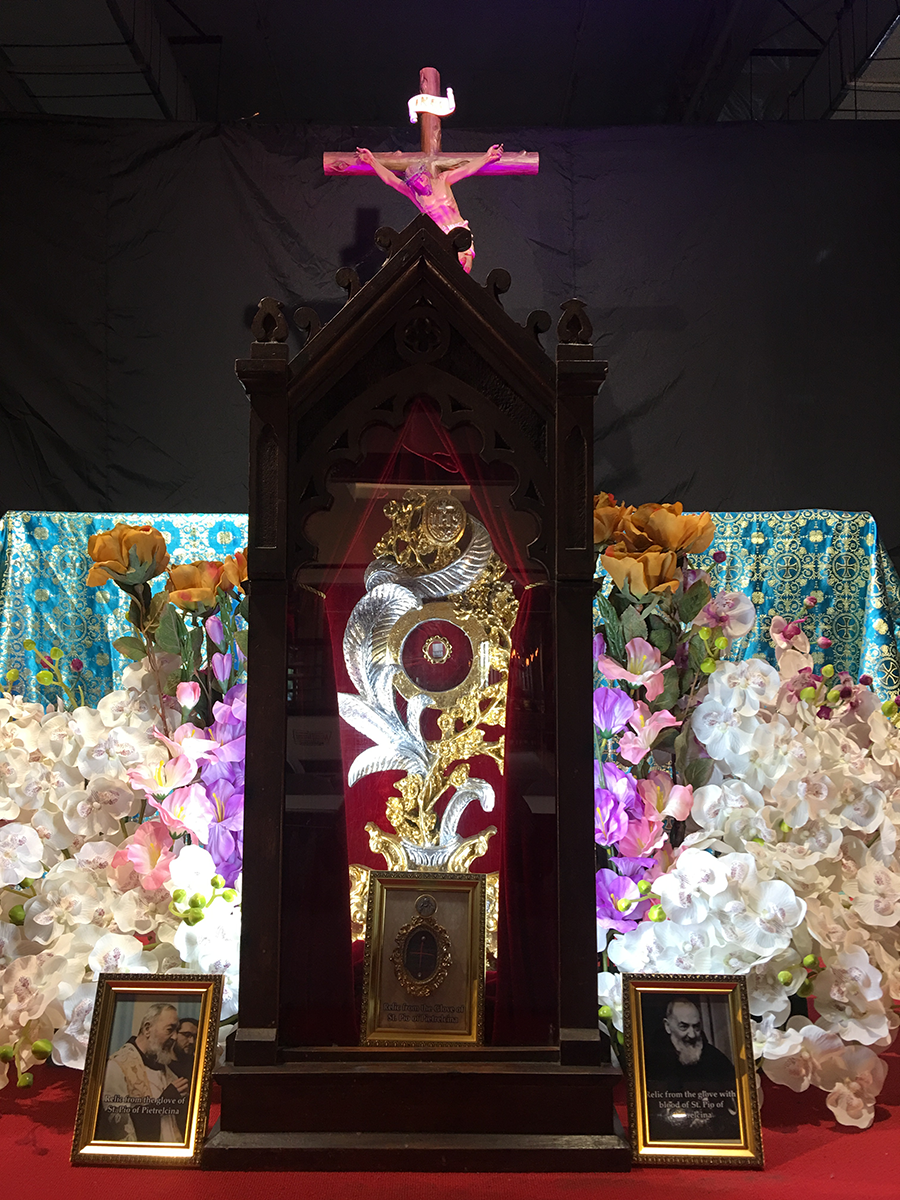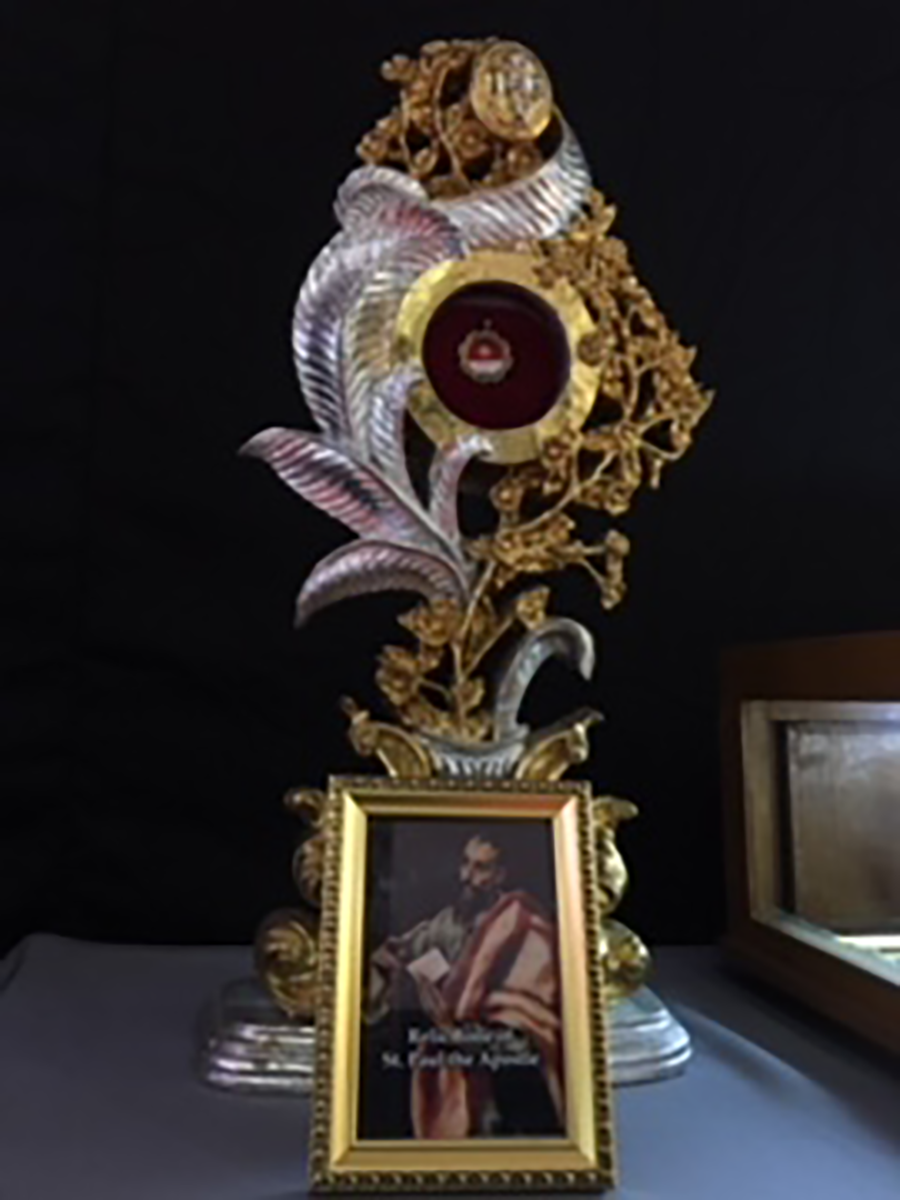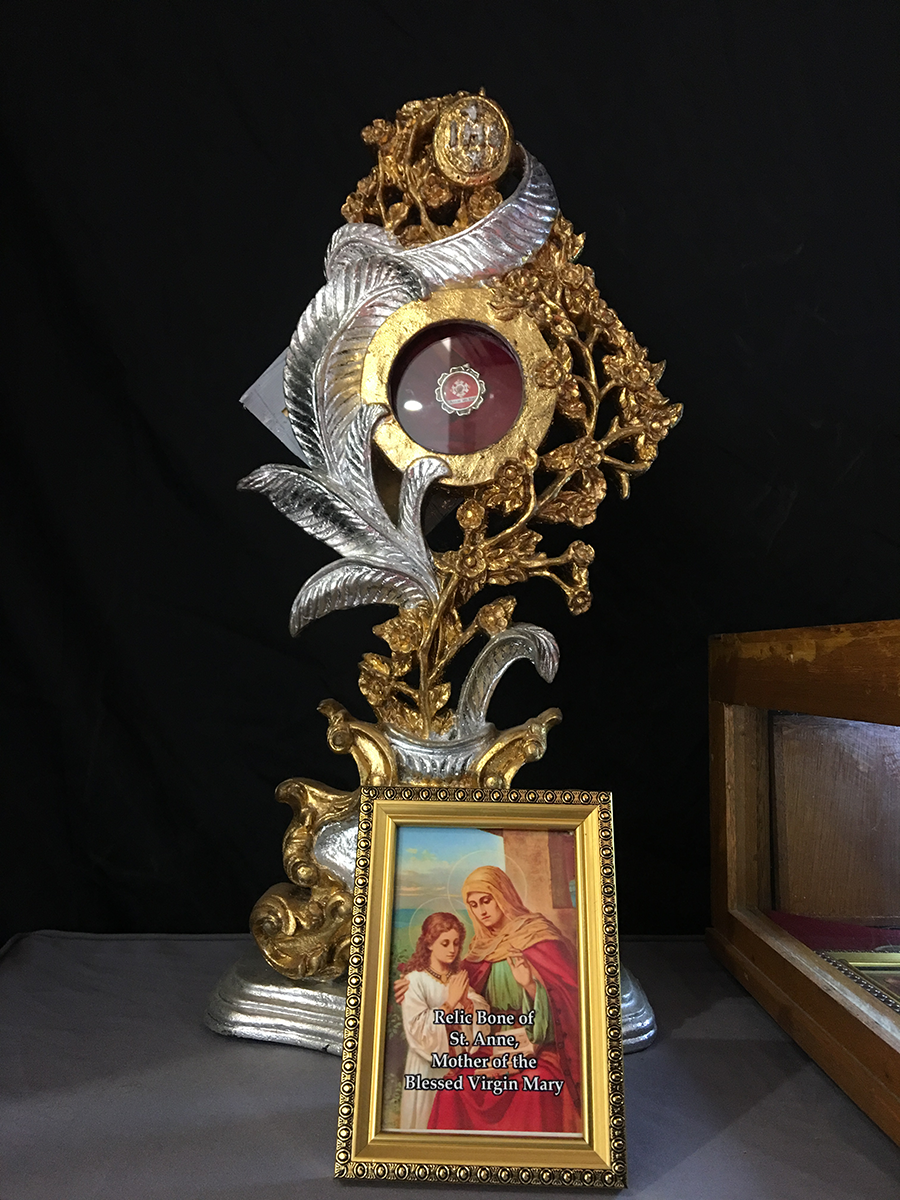The Tour of Sacred Relics is now on-going until October 15 at SM City Pampanga, The Tradehall. Organized by the Office of the Vice Postuator Cause for Canonization of Blessed Ivan Merz.
The faithful deeply revere the relics of the Saints. An Adequate pastoral instruction of the faithful about the use or relics will not overlook ensuring the authenticity of the relics exposed for the veneration of the faithful, where doubtful relics have been exposed for the veneration of the faithful, they should be discreetly withdrawn with due pastoral prudence. Preventing undue dispersal of relics into small pieces, since such practice is not consonant with due respect to the human body, the liturgical norms stipulate that relics must be “ of a sufficient size as make clear that they are parts of the human body”. Admonishing the faithful to resist the temptation to form collections of relics, in the past this practice has had some deplorable consequences and preventing any possibility of fraud, trafficking or superstition.






When we talk about relics, what comes to mind are the remains of men and women known for their holiness and who bear the title “Saint” or “blessed”. But what is a Relic? Relics are remains. Remains do not only pertain to mortal remains or parts if the human body. Remains may also refer to the things they used by the Saint or anything touched by or touched to him or her. There are three classifications of relics: First Class, which comes directly from the body of the saint; Second Class which the saint used during his or her lifetime or where the saint’s body was interred, burial clothes and the Thris class which are objects touched to a first and second class relic.
The sacredness of relics however, does not have stages or classifications. Relics are scared whatever its classification may be.
Visit the Tour of Sacred Relics at the Tradehall, Global Fashion Wing of SM City Pampanga today until October 15, 2018.




